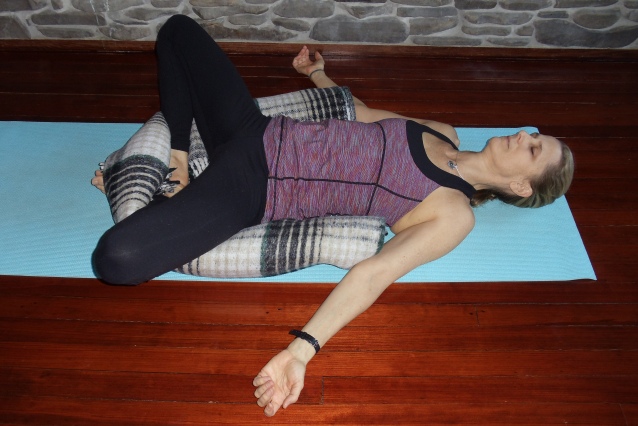The Architecture of the Mind
These are the five kinds of thought forms, or vrttis, that we must be aware of and be able to see them for what they are in order to be able to find inner peace. Knowing this, the next question is: How do we recognize these vrttis? We need to recognize what they are before we can be able to control them. Otherwise our thoughts take on the form of the world around us, harden like clay, and you presume that they are you.
The five thought forms are:
Y.S. I.6 Pramana viparyaya vikalpa nidra smrtayah
The five activities are right knowledge, misconception, imagination, deep sleep and memory.
These five activities of the mind are in action in every moment and all at the same time. For example, the thought of “home” will be perceived in shades of its actuality (pramana), its incorrect assumption of permanence (viparyaya), our fantasies of its future (vikalpa), the memories we’ve had within it (smrtayah) and the void of its non-existence (nidra). Knowing that our thoughts can be colored by these five characteristics can help us identify true perception (pramana) among the others. The goal is not necessarily to see the truth exclusively, but to be able to distinguish it.
For those of you who are interested in the texts I have been using, I base my commentary on The Yoga Sutras from a combination of several texts and one app:
The Heart of Yoga by T.K.V. Desikachar
Light on The Yoga Sutras of Patanjali by B.K.S. Iyengar
The Yoga Sutras of Patanjali by Edwin F. Bryant
The Yoga Sutras of Patanjali by Swami Satchidananda
And an app on the Yoga Sutras developed by Daniel Levine







